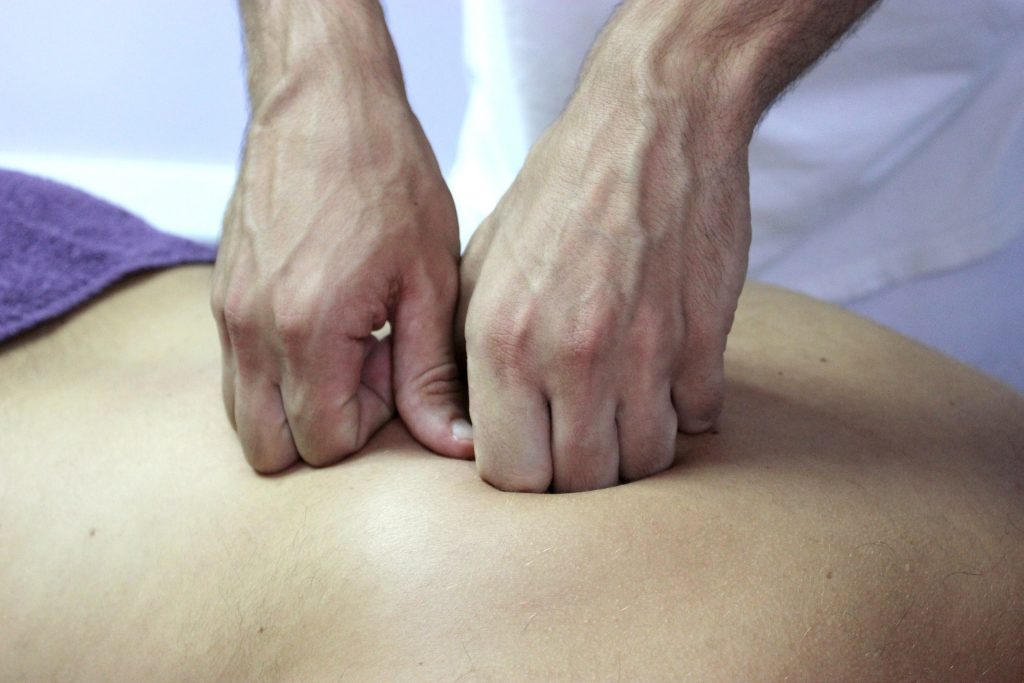Structural Integration increases superficial blood perfusion and decreases fascial tissue stiffness

Structural integration (SI) is a form of manual therapy, originally developed by Dr. Ida Rolf, which targets fascial tissues combined with motor re-education. The main goal of SI is to restore the functional capabilities of the human body. It was hypothesized that SI acts mechanically on sensitive receptors in the soft tissues, which results in changes in their structure and function. There are multiple theories surrounding the physiological impact of SI, however, the scientific evidence is scared. Now a study from Poland assessed the effectiveness of 10 sessions of SI on fascial tissue changes. The study was published in Frontiers in Physiology https://www.frontiersin.org/articles/10.3389/fphys.2020.01062/full
The study recruited 13 healthy women and data were collected before and after 10 sessions of SI intervention. Superficial blood perfusion, and fascial tissue stiffness, and elasticity on 6 fascial tissue locations were measured (brachioradialis, biceps brachii, adductors, triceps surae, erector spinae, and trapezius) on both sides of the body.
The results showed that 10 sessions of Structural integration increased superficial blood perfusion in all fascial tissue points on the body (on average 20-30%, with the largest change in brachioradialis). SI also significantly decreases fascial stiffness in selected points (on average 10% decrease on brachioradialis, biceps brachii, and trapezius). It significantly increases the elasticity of tissues (brachioradialis, biceps brachii, triceps surae, and trapezius), especially in the right (dominant) upper limb.
The authors concluded that a 10-session of SI caused an increase in superficial blood perfusion, which may contribute to the decrease in fascial tissue stiffness and an increase in elasticity properties in the dominant upper limb.

